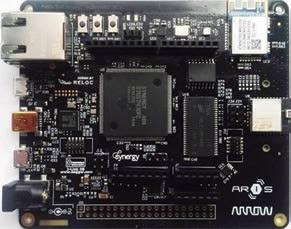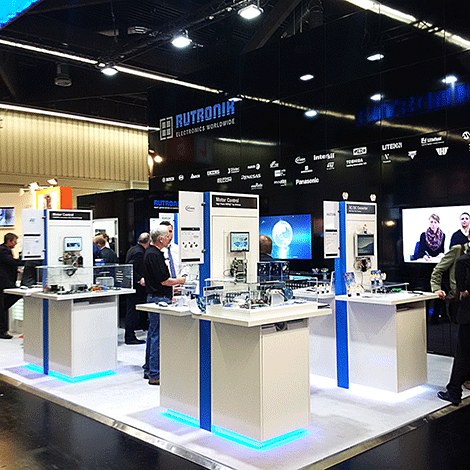Introduction: The true indicators of success in IoT
What makes IoT (Internet of Things) different from normal remote command, wireless or others? IoT transcends connectivity, communication protocols, smart devices, non-smart devices, remote and metropolitan areas. This previously non-existent power of the IoT derives from its ability to collect massive amounts of data – from a diversity of sources never seen before – in the Cloud. Here, powerful analytics capable of identifying patterns and correlations normally undetectable by the human brain create the intelligence needed to further improve the environment, healthcare, personal well-being, work and business, security, agriculture, infrastructure management – in fact, almost any aspect of life today can benefit from decision-making using data created in the IoT. Ultimately, the success of IoT will not be measured by the number of connected devices, nor by the value of semiconductors sold, but by its transformative effect on the daily lives of almost every individual on the planet. Opportunities are there to be seized and speed is essential, but the development of IoT projects can be slowed down by inappropriate engineering techniques. Dedicated IoT platforms often suffer from limited scalability, and the ecosystem that includes hardware, software, and tools can be unwieldy and uncohesive. On the other hand, some embedded development systems, despite being established and well integrated, do not adapt well to low-power hardware capable of providing sensing and communication functions.
The key to faster IoT development
A new approach is required that combines flexible, IoT-focused hardware optimized with a development platform that allows engineers to get up and running with the application quickly, without having to deal with the challenges of early stages. Arrow has provided such a solution by creating the ARIS IoT board in conjunction with Renesas, leveraging the Renesas Synergy™ embedded development platform. ARIS (Arrow Renesas IoT Synergy) has a full range of embedded sensors and multiple communication channels to support a wide range of low power sensing applications. For its part, Renesas Synergy makes it possible to access the RTOS, middleware, communication stack, user interface, and detailed functionality of the MCU entirely through the API, thus allowing programmers to avoid a significant percentage of the learning curve normally encountered when start a new embedded project. The ARIS board was developed by the Italian company RELOC, focused on embedded designs and the vertical integration of IoT applications. In addition to the development and production of the board, RELOC was also responsible for the implementation of the drivers and the creation of the middleware for the management of the peripheral devices, thus establishing a development environment for IoT from the very beginning. Leveraging Renesas' Synergy™ development platform, the board helps speed the creation of IoT designs by facilitating a faster launch into the development process with a fully qualified and optimized hardware and software solution, freeing up developers to focus your valuable resources on innovation and novel products. The System is based on a high-performance Renesas S7G2 MCU, as seen in Fig. 1. The microcontroller subsystem consists of an embedded ARM Cortex-M4 processor with 4 MB of flash memory and 640 KB of SRAM. In addition, the System is equipped with 512 MB of serial flash memory, 256 MB of SDRAM memory and an additional slot for microSD cards. The XNUMX-axis acceleration sensor and XNUMX-axis gyro capture position and motion data and can be triggered by an SPI connection. The board also includes a thermal sensor and a humidity sensor, both of which can be activated via the I²C interface to supply more data about the environment. Likewise, a great focus on communications and connectivity supports optimal processing of the data obtained by the sensors. The ARIS board is capable of working with multiple wireless standards, such as Wi-Fi®, Bluetooth® Low Energy (BLE 4.1/4.2) and NFC. Ethernet and USB ports are also available. To facilitate user interaction with the board, several user interfaces have been implemented. Multiple features are included in these interfaces, such as LED indication, buttons, a TFT display, and a controller for touch screens is integrated. For developers who want to take their projects a step further, easy expansion is guaranteed with an extensive range of Arduino shields that offer functionality such as GPS, wireless ZigBee®, special I/O, sensor shields and many more. Additional features built into the ARIS board such as the onboard J-Link debugger, support for encrypted bootloaders and over-the-air (OTA) firmware updates make the development process easier, faster and more reliable.
Leveraging the Renesas Synergy™ platform
The Renesas Synergy™ platform provides unprecedented flexibility and compatibility, allowing programmers to reuse proven code and thus save significant development time. The platform will be extended in the future; new technologies will be employed and new features will be implemented on an ongoing basis to bring embedded design applications to market in less time and more efficiently. The integrated development environment (IDE) implemented on this platform is the Renesas Eclipse Embedded Studio, known as e2 Studio. It is based on the Eclipse Open Source IDE, and offers a high level of flexibility along with easy access and familiar user controls. The complete Renesas Synergy™ platform can be downloaded and installed free of charge from the Renesas Synergy Gallery. In addition to providing extensive ready-to-use software, this website provides application examples that can be easily adapted to the ARIS board. A three-part hands-on course provides the perfect start to developing individual solutions with the Arrow ARIS Board and the Renesas Synergy™ platform. Users can quickly learn to use all the tools necessary to develop individual applications. The first module introduces the development environment and explains how to use it. The course then takes users step-by-step through the creation of a new project, selection of the appropriate support software (Board Support Package or BSP), implementation of the necessary modules, and creation of user code. The BSPs provided are created specifically for boards that work with the Renesas Synergy™ platform. By taking advantage of this service, developers are spared complex programming and low-level device pin configuration. Instead, pre-defined symbolic links are used, making user code creation noticeably easier. The practical training program includes examples being carried out with a BSP specially designed for the Arrow ARIS Board, thus demonstrating the easy and fast use of ARIS. In addition to using the GPIO pin to control the onboard LEDs on the sample board, it also shows how to establish USB communications and use the Arrow ARIS Board as a Wi-Fi access point. By collaborating with Renesas Electronics to leverage the Synergy™ platform, Arrow Electronics has created a powerful solution to explore and master the world of IoT.





